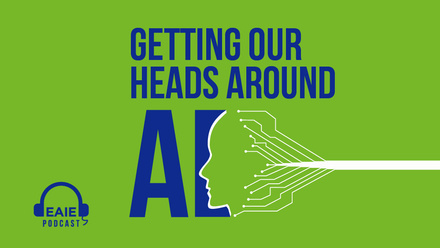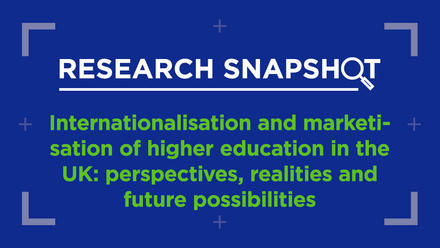Is email really dead? Five student recruitment myths busted

Do students still use Facebook? Do they really want to read your emails? Student trends are ever changing, leaving higher education marketers grappling with new social media channels and communications methods to better understand student preferences.
Through the help of quantitative student data, in this blog we will ‘myth bust’ five of the most common misconceptions in higher education marketing to help you decide where to allocate your resources.
1. ‘Students aren’t on Facebook, their parents are’
There is a common sentiment about Facebook within higher education that students don’t use Facebook. Keystone Education Group’s 2024 State of Student Recruitment survey asked 27,500 students which social media channel they follow universities on, and 40% said Facebook. The channel is particularly popular with students from Africa – with 49% of them saying they used it.
When we look just at prospective students from Generation Z prospective students, it is still the second most popular platform with 30% of Gen Z-ers saying they follow universities on Facebook.
LinkedIn is also more popular than most institutions may think, with a quarter of the surveyed students saying they follow universities on the platform.
2. Email is a dead marketing channel
Another rumour circulating in the student marketing-sphere is that students don’t read emails anymore. However, data suggests it is still the go-to channel for prospective students, and overwhelmingly so. 70% of the students in Keystone’s survey said email was their top communication channel.
We know students still want to use email; however, the question remains, how do we get students to read them? Experts have identified the most important part of an email to be the ‘From’ field. Prospective students are more likely to open your email if they know who the sender is. Therefore, if you are following up after an open day, for example, send the email from someone students met in-person. If your email is the first touchpoint, then make sure the name of your institution is visible in the ‘From’ field. Students will likely be researching and applying to and researching multiple universities at once. So, if the email is sent from ‘Admissions Office’, then chances are, you are one of many.
The other thing to consider is the ‘F’ pattern. When we are presented with text, our eyes follow the pattern of a F. We will read the top line, a little bit of the second line and then our eyes will drop down to the end. Make sure the ‘button’ or your ‘call-to-action’ at the end of your email is surrounded by white space and it is clear what the student should do next (whether it is ‘apply now,’ ‘meet our ambassadors’, ‘join our webinar’ etc).
3. We need to be available to answer student enquiries around the clock
In a digital world, we have become accustomed to getting answers to enquiries almost immediately. Students are buying (in one form or another) a product from institutions, so their expectations match the mindset of making a purchase. Unfortunately, that means there is a ‘need for speed’ when it comes to responding to student enquiries - especially when in the research phase.
85% of the 27,500 students surveyed said they expected a response to an ‘initial enquiry’ from a university within 24 hours or less. This has increased by 35% from 2023 – expectations are getting quicker. The good news is only 17% of prospective students expect a response immediately, meaning you can answer enquiries during office hours and still meet most students’ expectations. Institutions will have to find ways to meet this expectation when it comes to speed, especially as it will inevitably only increase again next year.
4. I need to be using Artificial Intelligence in my student marketing
Artificial Intelligence seems to be the hot topic in student and content marketing. While it will undoubtedly do much of the ‘heavy lifting’ in future, right now there is, in fact, a slow adoption of AI in higher education as we try to better understand its use.
A Keystone poll of 157 universities in September 2023 asked if their student marketing and recruitment teams had adopted AI in their strategies, and 71% said they hadn’t.
If you have yet to incorporate it into your plans and are worried that you are being left behind, don’t worry, you’re not alone. Chances are that your neighbouring institution haven’t adopted AI yet either. It’s easy to get sucked in by the latest AI trends, but it is important to consider why you need it.
5. We need to have a presence across all social media channels
With new social media platforms launching every year, it is difficult to know where to put your resources. What about the newer channels like Threads and BeReal?
In a 2024 survey by Hootsuite, 59% of higher ed marketers said they found it hard to keep up with new features or advertising features on social media. In a constantly changing industry, is it necessary to adapt your content strategies based on the latest trend? In short, the answer is no. There isn’t always a need to be reactive. If a new channel launches, create an account to secure the account name and then watch how it develops.
Final Thoughts
With digital trends and student preferences changing, it is easy to get overwhelmed trying to meet your recruitment goals. Using student and marketing data to define and determine where you need to put your resources is key to ensuring your recruitment and marketing teams aren’t stretched too thinly. With these five key myths about student recruitment busted, you can now streamline your marketing strategy and explore new approaches to student recruitment.






